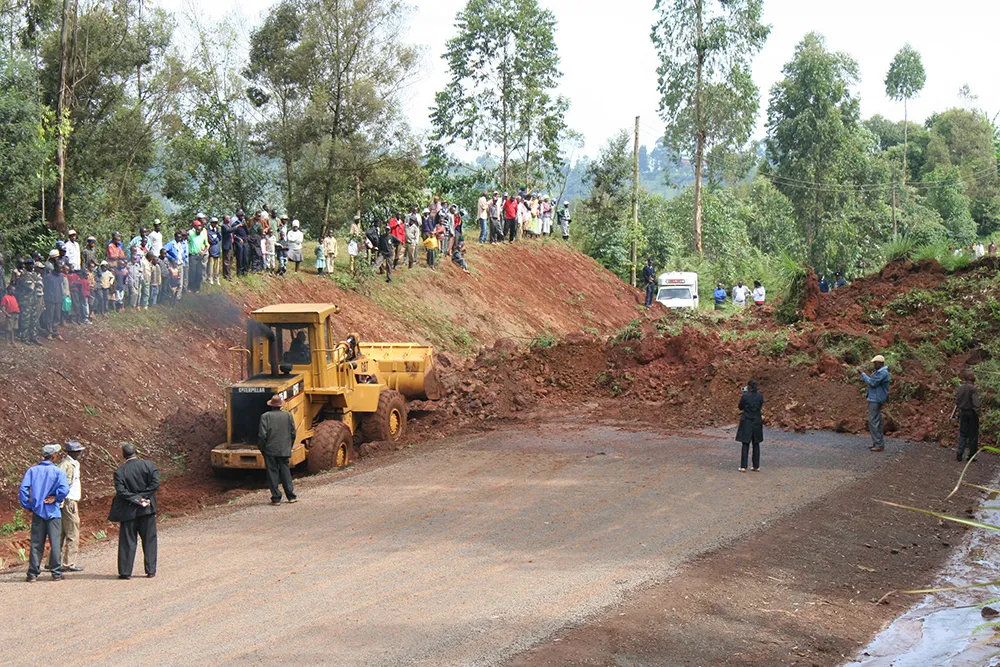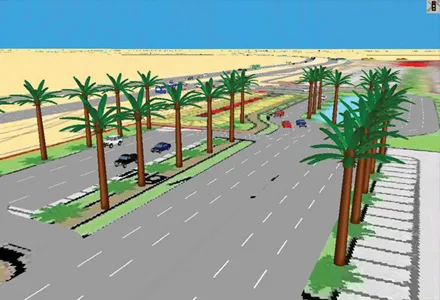Chile’s growing traffic volumes are creating a growing problem for traffic management. In many urban areas in Chile congestion is increasing at a rapid rate. Capital Santiago is afflicted particularly badly in this respect. Traffic jams are now frequent on the main interurban routes in Chile, especially on toll roads, and the number of vehicles travelling on these roads continues to rise month after month, leading to major concern.
May 9, 2016
Read time: 2 mins
Chile’s growing traffic volumes are creating a growing problem for traffic management. In many urban areas in Chile congestion is increasing at a rapid rate. Capital Santiago is afflicted particularly badly in this respect. Traffic jams are now frequent on the main interurban routes in Chile, especially on toll roads, and the number of vehicles travelling on these roads continues to rise month after month, leading to major concern. Between January and February of 2016, the traffic on Route 5 of the Santiago-Talca road rose by at least 60% compared to the same period in 2011. The road operator Intervial Chile - linked to the Colombian company ISA - has stated that its monthly revenue for February 2016 totalled US$16.21 million, representing a rise of 6.3% compared to January 2016 and a rise of 15.5% compared to February 2015. Moreover, The Angostura toll road constituted the highest contribution with 48.8%. On 5 May 2016 the Chilean Chamber of Construction (CChC) announced that the country is falling behind other countries such as Spain and New Zealand in terms of infrastructure, with a collection of roads to surpass their capacity level within the next few years and three Santiago routes to exceed their limit before 2025. Construction is currently underway on Route 5 to add a third lane to the Angostura section between the Maipo Bridge and the Rancagua Bypass (between the 51st and 58th kilometre points), and is expected to be completed in January 2017. Intervial and the Ministry of Public Works (MOP) are in negotiations to start construction on another lane. Other possible plans include an extra lane to the section between Angostura and the Rancagua Bypass (11km in length), and an extra lane between the Maipo Bridge and the Route 5 South Access point (21km in length).








